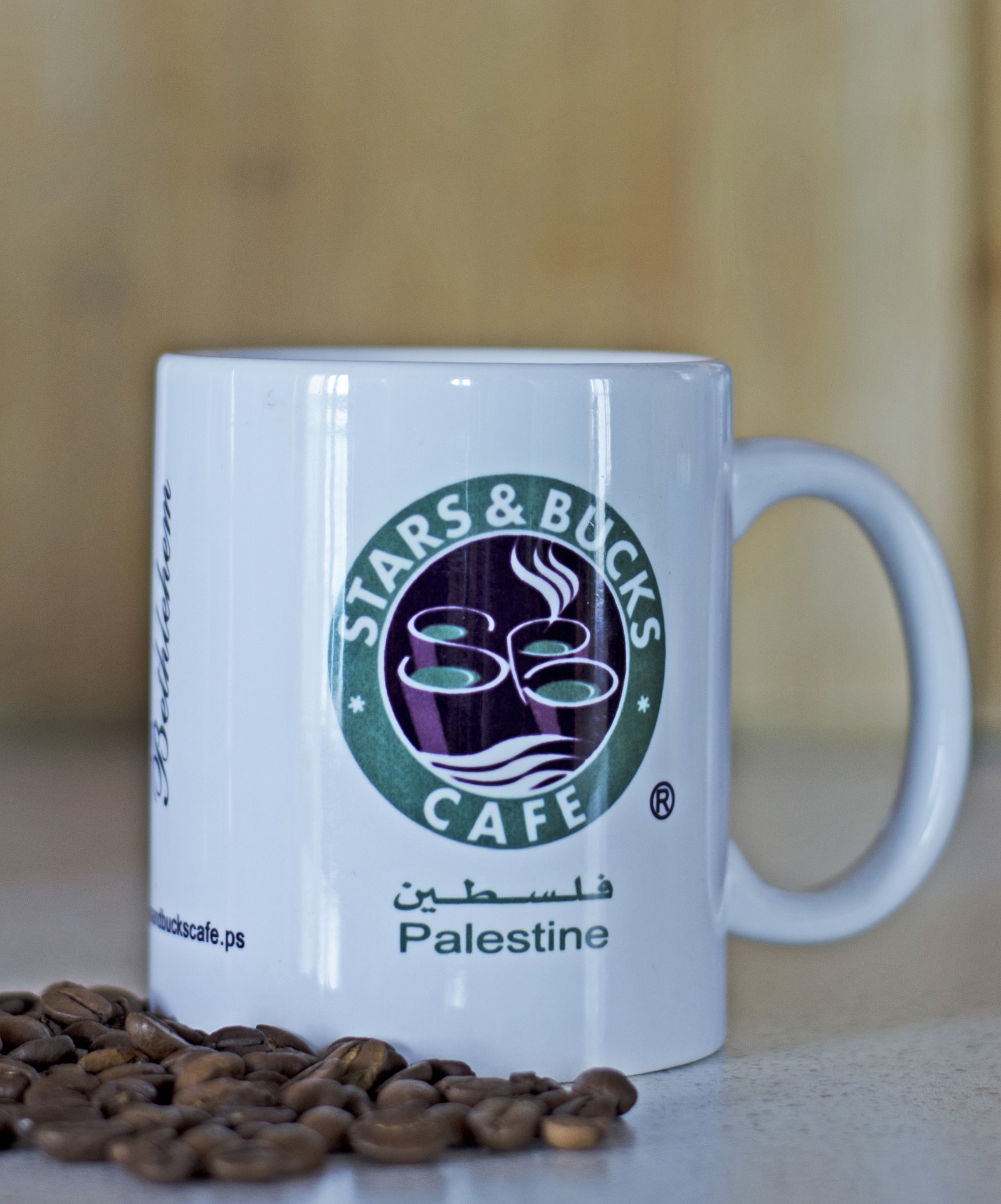Infringement & Likelihood of Confusion
Infringement of a trademark is the act of violating a trademarks protected rights. A court determines infringement when there is a likelihood of confusion amongst consumers in regards to the products origins. Infringement tends to occur as a result of one business using a mark or imitating a mark in such a way that consumers are confused or could be led to be confused to the original source of the mark. Consumers are thus, deceived into believing that the goods were manufactured or sold by one business when another in fact sells them. To show trademark infringement, a plaintiff must establish ownership of a trademark and that a likelihood of confusion amongst consumers does exist. The simple possibility of confusion is not sufficient to warrant an infringement claim. The more distinct a trademark is the better the car is for the plaintiff. Trademark distinction is one of the most important if not the most important thing when it comes to the protection of trademarks. We cover trademark distinction here. When a court determines whether a likelihood of confusion exists they weigh the following eight factors (sometimes known as the sleek craft factors):
- Strength of the mark;
- Proximity of the goods;
- Similarity of the marks;
- Evidence of actual confusion;
- Marketing channels used;
- Type of goods and the degree of care likely to be exercised by the purchaser;
- Defendant’s intent in selecting the mark; and
- Likelihood of expansion of the product lines.
A breakdown of the likelihood of confusion factors
-
Strength of the Mark:
The strength of a mark determines the level of trademark protection it is given. The stronger a mark is the more likely it is to be remembered and associated in the public mind with the mark’s owner, thus it requires greater protection. The strength of a mark is determining by identifying its relevance in its appropriate marketplace.
-
Proximity of the goods:
Goods or services that are closely related are more likely than unrelated goods or services to confuse the public as to their sources. The proximity of goods is measured by whether the products are: (1) complementary; (2) sold to the same class of purchasers; and (3) similar in use and function.
-
Similarity of the Marks
To determine how similar the marks are courts will compare the two marks in terms of sight, sound, and meaning. The similarities between the marks tend to weigh more heavily in the courts consideration than any differences.
-
Evidence of Actual Confusion
Any evidence that use of the two marks has already led to confusion in the marketplace is persuasive proof to the court that future confusion is likely.
-
Marketing Channels Used
When courts examine the marketing channels used by the two businesses, they consider where and how the goods or services reach the marketplace, the type of methods used, and the individuals or groups exposed to the two businesses marketing efforts.
-
Type of services and degree of care
Courts will look at the type of good or service being offered and the type of degree of care one would expect the average buyer exercising ordinary caution to view the good or service.
-
Intent on selecting the mark
If an alleged infringer knowingly adopts a mark similar to another’s in hopes of passing their product or service off as another’s, courts will presume that the defendant has deceived the public
-
Zone of expansion
If there is a strong likelihood that either business in the lawsuit may expand their business to compete with the other than courts weight this factor favor of finding some type of infringement.






